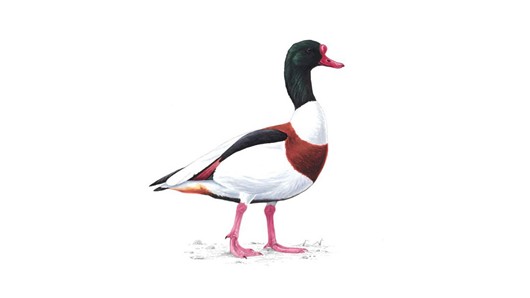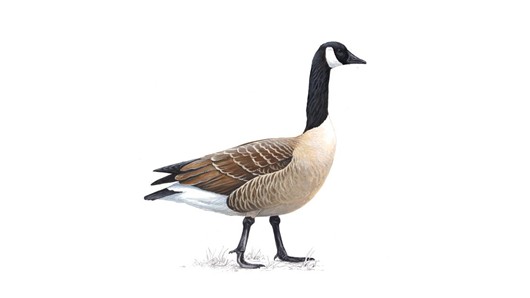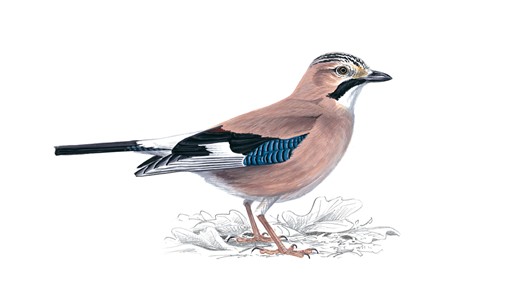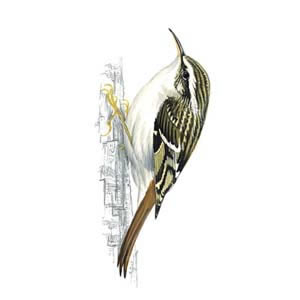Whilst visiting Lopwell Dam last week, we were sat in the car looking out at the mudflats, as the tide was out, and we saw lots of moving objects in the distance. They were at a range where we had to use binoculars to view them, and when we did, we saw that they were not Mallards as we thought, but other different coloured ducks that seemed bigger than Mallards. We had a good look and then got out our birding book and browsed through until we came across the Shelduck, which is exactly what they were. We had never seen these birds before, so it was another new bird that we have seen at Lopwell Dam! 😉
They are lovely looking birds; more brightly coloured than Mallards and slightly bigger, but not quite as big as a Goose. They have a white body, with a dark green head and neck, red bill and a chestnut coloured stripe across their stomach. They also have other colourings on their wings and tail feathers.

The group of 29 or so Shelducks that we saw were all slowly making their way around the mudflats looking for food which we found out later to be small shellfish, invertebrates and aquatic snails. I presume they are called Shelducks due to the fact they like eating things with shells! They can be seen along most coastal regions throughout the year, but their population increases to about 80,000 during the winter months. It was great to see them on the mudlfats of the estuary at Lopwel Dam!












